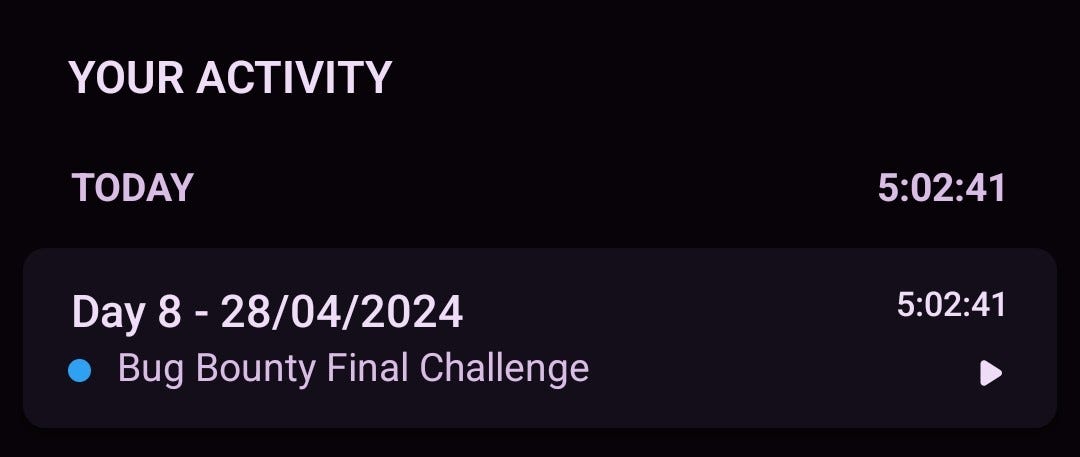BOOK THIS SPACE FOR AD
ARTICLE ADUnderstanding XML External Entity (XXE) Attacks: Working Principle, Exploitation, and Prevention Techniques | Karthikeyan Nagaraj
Introduction:
In today’s digital age, web applications and APIs are essential components of modern business operations.However, these technologies are also highly vulnerable to cyberattacks, including XML External Entity (XXE) attacks.XXE attacks are a type of injection attack that exploit weaknesses in the XML parsing process to access sensitive data and execute remote code.This article aims to provide a comprehensive guide to XXE attacks, including their working principle, exploitation techniques, and prevention measures.Working Principle of XXE Attacks:
XXE attacks target applications that use XML to exchange data between different systems.An XML document contains a reference to an external entity, which can be a file, a web page, or any other resource.The XML parser resolves the external entity reference and includes the content of the entity in the parsed XML document.An attacker can craft a malicious XML document with a specially crafted external entity reference that allows them to access sensitive data or execute remote code on the server.How to Exploit XXE Vulnerabilities:
XXE vulnerabilities can be exploited by injecting malicious XML documents into the application.The attacker crafts an XML document that contains a specially crafted external entity reference that points to a file or a URL that contains the payload.The payload can be used to access sensitive data or execute remote code on the server.The attacker can also exploit XXE vulnerabilities to perform denial-of-service (DoS) attacks by sending a large number of requests with malicious XML documents that consume server resources.Prevention Techniques for XXE Attacks:
Use a secure XML parser that disables external entity resolution by default.Use whitelisting to validate XML input and block any input that contains external entity references.Avoid passing user input directly to the XML parser, as this can lead to XXE vulnerabilities.Use content type sniffing to prevent attackers from injecting non-XML data into the application.Keep your XML parser and other components up to date with the latest security patches.Limit access to sensitive resources and data to reduce the impact of XXE attacks.Implement rate limiting and other measures to prevent DoS attacks.Other Considerations:
XXE attacks can be difficult to detect and mitigate, as they often do not leave any visible trace in server logs.In addition to using prevention techniques, it is important to implement proper monitoring and incident response procedures to detect and respond to XXE attacks in a timely manner.Organizations should also conduct regular security assessments and penetration testing to identify and mitigate XXE vulnerabilities before they can be exploited by attackers.Conclusion:
In conclusion, XXE attacks are a serious threat to web applications and APIs that use XML for data exchange.
By understanding the working principle and exploitation techniques of XXE vulnerabilities, organizations can implement effective prevention measures to protect their applications from attacks.
Additionally, organizations should prioritize regular security assessments and incident response planning to minimize the impact of XXE attacks if they do occur.
.png)
 1 year ago
59
1 year ago
59 













 Bengali (Bangladesh) ·
Bengali (Bangladesh) ·  English (United States) ·
English (United States) ·